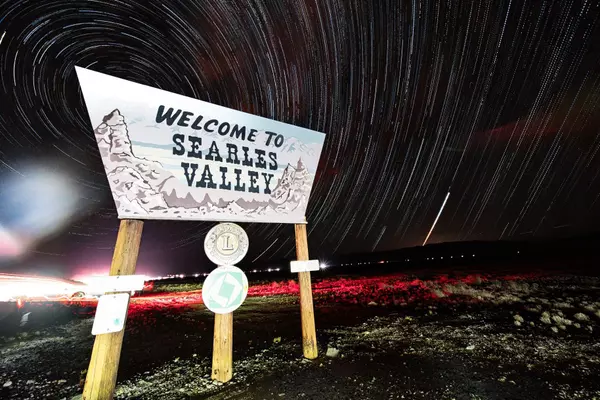The Hidden Tunnels of Ridgecrest and Operation Paperclip
Ridgecrest, California, a city in the Mojave Desert, is known for its proximity to the China Lake Naval Air Weapons Station and its rich history intertwined with military and scientific advancements. Among the most intriguing aspects of Ridgecrest are the hidden tunnels and the mysterious activities associated with them. These tunnels, coupled with the historical context of Operation Paperclip, create a fascinating narrative of secrecy and innovation.
The Tunnels Beneath Ridgecrest
Burro Schmidt Tunnel: One of the most famous tunnels near Ridgecrest is the Burro Schmidt Tunnel. This tunnel, dug by William "Burro" Schmidt, is located in the El Paso Mountains. Starting in 1900, Schmidt spent over 38 years hand-digging this tunnel through solid granite, intending to create a shortcut for transporting ore. Despite the tunnel's completion, it was never used for its intended purpose, becoming instead a symbol of human determination and eccentricity. The tunnel stretches nearly 2,500 feet and offers a glimpse into the rugged life of early 20th-century miners. Today, it remains a popular site for visitors interested in local history and geology (Wikipedia) (DesertUSA) (Unusual Places).
Secret Military Tunnels: Ridgecrest is also home to the China Lake Naval Air Weapons Station, where rumors of secret military tunnels persist. These underground passages are believed to be part of extensive research and testing facilities. According to various accounts, these tunnels could be used for storing sensitive materials, conducting classified experiments, or providing secure transportation routes within the base. The exact details of these tunnels remain classified, adding to the mystique of China Lake and its surrounding areas (California Sunday).
Operation Paperclip
Operation Paperclip was a secret program of the Joint Intelligence Objectives Agency (JIOA) conducted during and after World War II. Its primary aim was to recruit scientists from Nazi Germany to work for the United States in the development of rocket technology, weapons, and other scientific advancements. Many of these scientists were instrumental in the U.S. space program and various defense projects.
Connection to China Lake: Some of the scientists brought to the U.S. under Operation Paperclip were involved in projects at China Lake. These scientists contributed to the development of advanced propulsion systems, guided missiles, and other cutting-edge technologies. The secrecy surrounding these operations has fueled speculation about the true extent of their work and its implications for both military and civilian advancements.
Categories
Recent Posts










GET MORE INFORMATION

